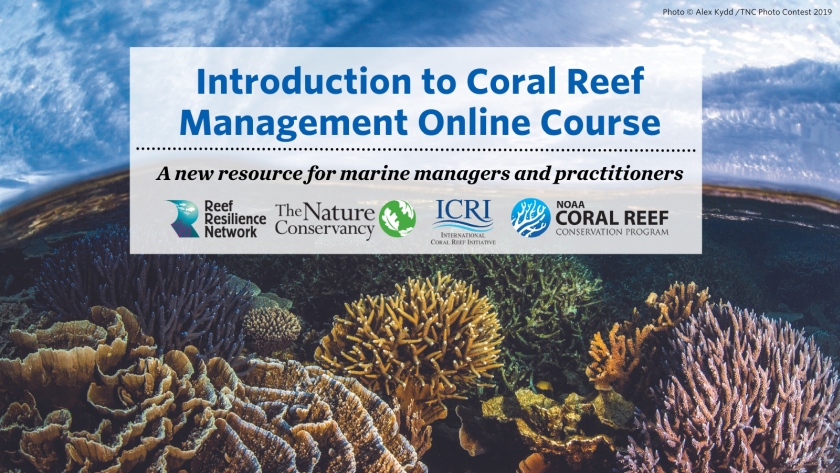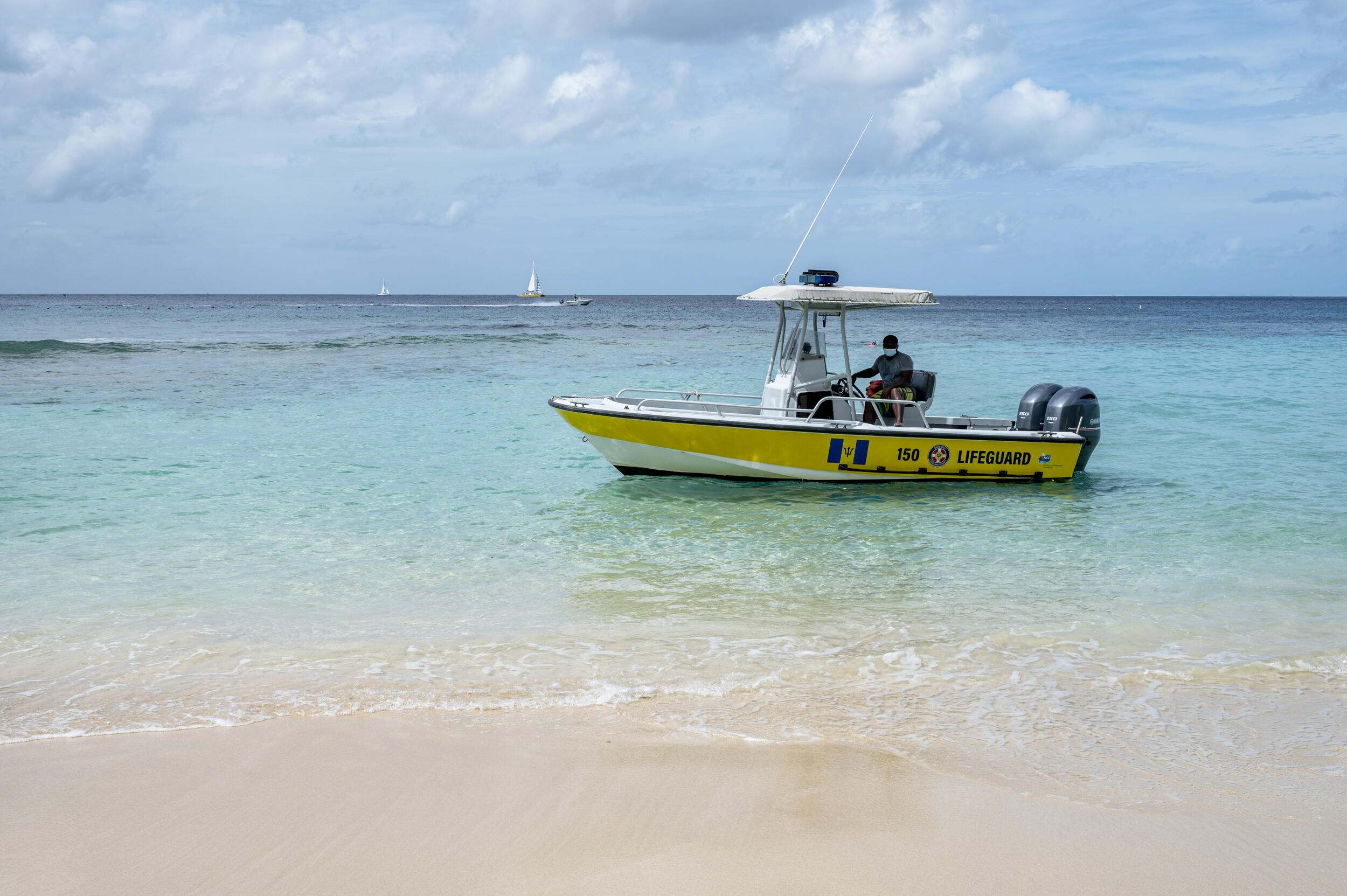A pervasive challenge acknowledged by this study is the lack of clear and reliable tracers or indicators of sewage-specific land-based pollution. Fecal indicator bacteria (FIB) and microbial source tracking (MST) markers are used to measure sewage contamination, but neither can be relied on as an accurate single indicator. MST and FIB markers are associated with sewage as well as other land-based pollution, including animal waste and stormwater runoff. This study aimed to understand how combinations of these viral and microbial indicators correlate with harmful sewage-borne pathogens as an effort to address the need for more applicable and consistent tools for measuring sewage pollution and predicting pathogen loads. The goal of identifying how accurately FIB, MST, and combinations of both are for indicating pathogen pollution was complicated by seasonality, salinity, and temperature variations. Detection of all the indicators increased in response to precipitation. Results demonstrated that FIB or MST independently is not an accurate proxy for pathogen presence in seawater, however, the use of both indicators provided better correlation with pathogens. The most accuracy was achieved by using two viruses and one FIB to estimate pathogens, emphasizing the need for a combination of indicators to build a consistent and reliable toolkit for identifying sewage pollution in the ocean.
Authors: Gonzalez-Fernandez, A., E.M. Symonds, J.F. Gallard-Gongora, B. Mull, J.O. Lukasik, P.R. Navarro, A.B. Aguilar, J. Peraud, M.L. Brown, D.M. Alvarado, M. Breitbart, M.R.Cairns, and V.J. Harwood
Year: 2021
View Full Article
Water Research 188. doi:10.1016/j.watres.2020.116507


